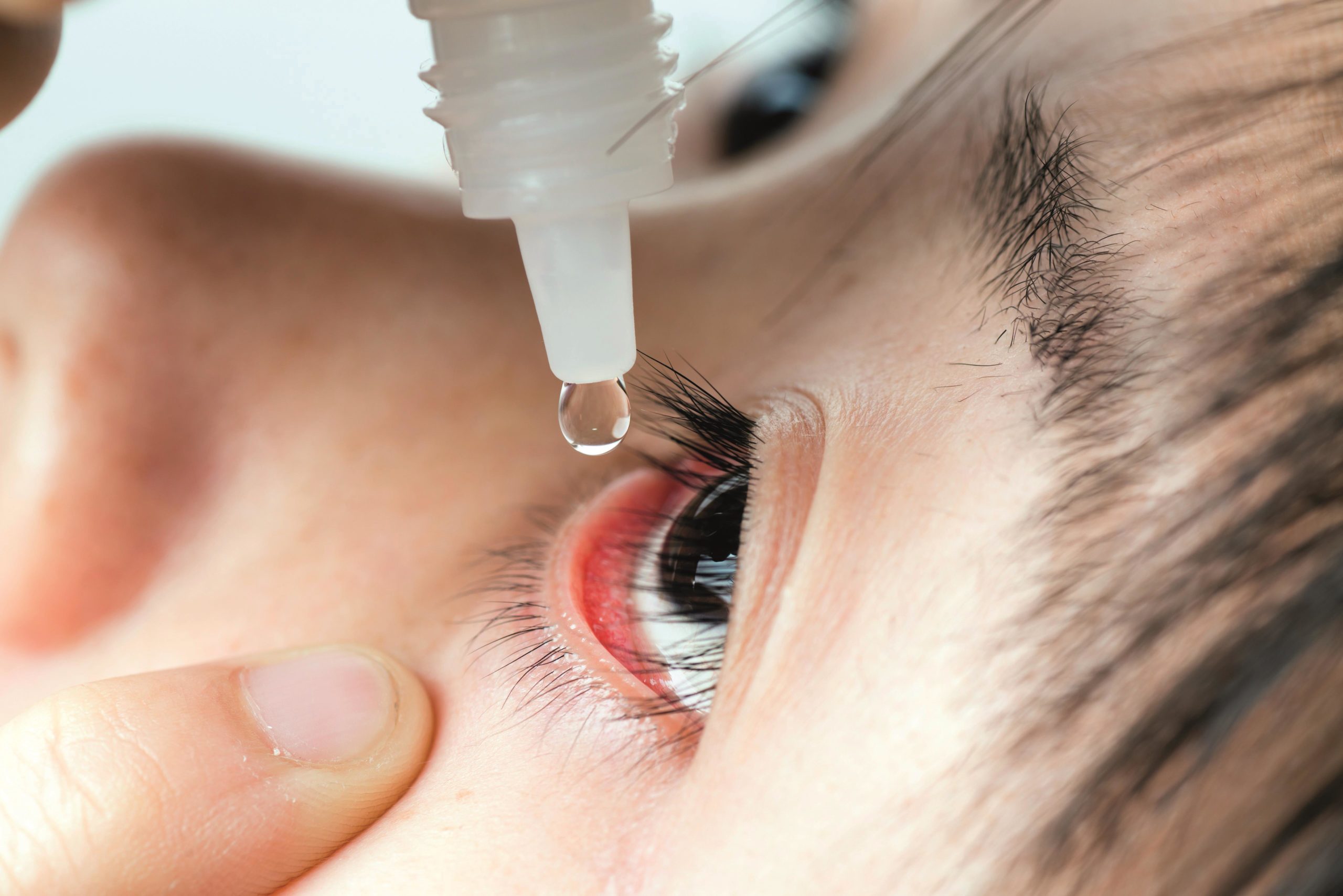
PAN XUNBIN/SCIENCE PHOTO LIBRARY
Regulators are working with community pharmacy organisations to review the packaging of chloramphenicol eye and ear drops.
An audit by Pharmacy Voice in 2013 of 5,464 English pharmacies found 42 dispensing errors involving topical chloramphenicol products.
Pharmacy Voice, which represents three large community pharmacy associations, said that extrapolating these results to take in pharmacies in Wales, Scotland and Northern Ireland, meant that in 12,000 UK pharmacies there were likely to be around 100 errors involving chloramphenicol preparations each year.
One error noted by Pharmacy Voice involved a six-year-old girl, who was mistakenly given 5% chloramphenicol ear drops instead of 0.5% chloramphenicol eye drops, thereby suffering eye irritation, which was “particularly traumatic for a paediatric patient”. In general, these errors have minimal severity, causing local irritation, yet this does not mitigate the harm that they cause to patients, adds Pharmacy Voice.
Chloramphenicol ear and eye drops are particularly susceptible to incorrect selection because they have the same active ingredient and at first glance their strengths — 0.5% for eye drops and 5% for ear drops — are easily mixed up, its audit report says.
Rob Darracott, Pharmacy Voice’s chief executive, says data from the audit “reinforce the need for manufacturers to consider the size, shape and lettering on their packaging to help reduce these mistakes”.
According to the audit report, community pharmacies and dispensing doctors supplied more than 1.24 million bottles of the 0.5% eye drop preparation in England and more than 568,000 tubes of ointment in 2013.
Analysis of the data from England also suggests that chloramphenicol in dropper bottles for the treatment of middle ear infection was supplied about 3,800 times at 5% strength and on just over 800 occasions at 10% strength.
A spokesperson for the Medicines and Healthcare products Regulatory Agency says the agency is investigating possible changes could be implemented to reduce picking errors in pharmacies: “We will continue to work with Pharmacy Voice to address concerns raised by community pharmacists and to improve the labelling of these medicines in the interests of patient safety.”
You may also be interested in

New legal defence against inadvertent dispensing errors comes into force

PDA directs concerns about dispensing error decriminalisation legislation to pharmacy minister
